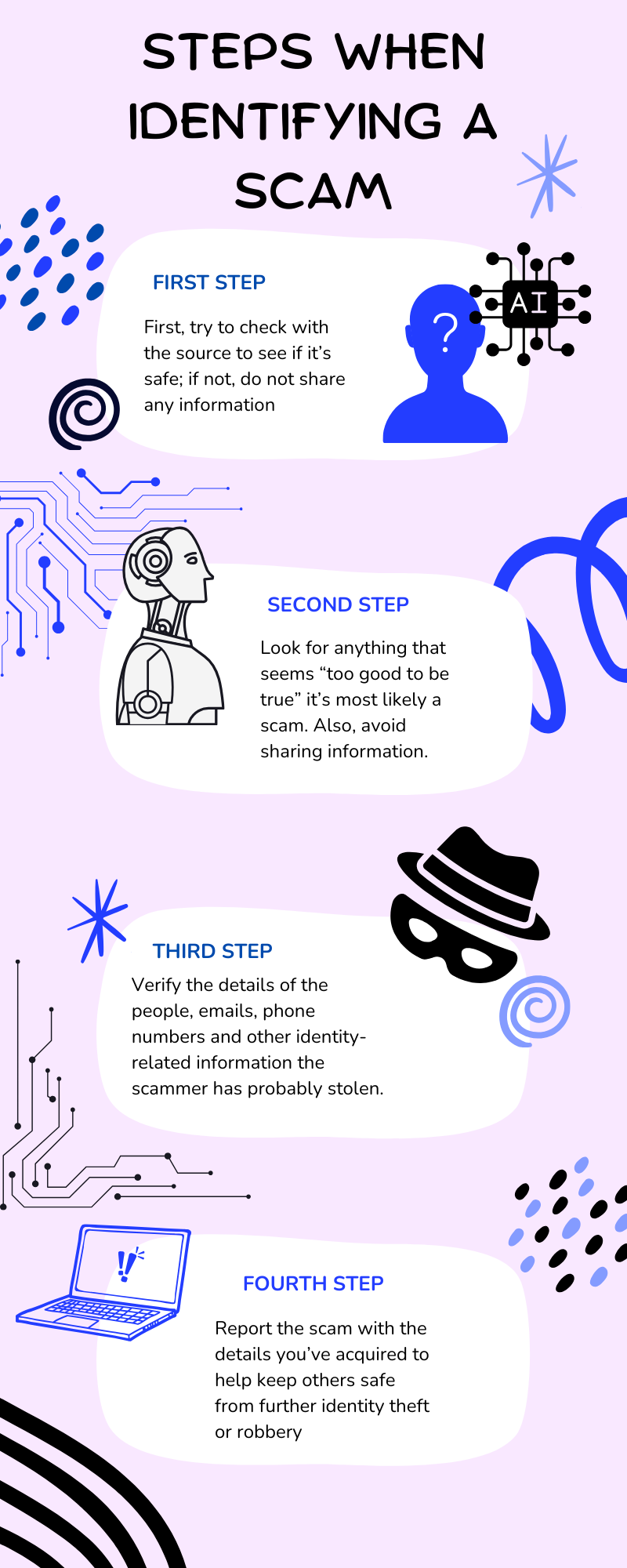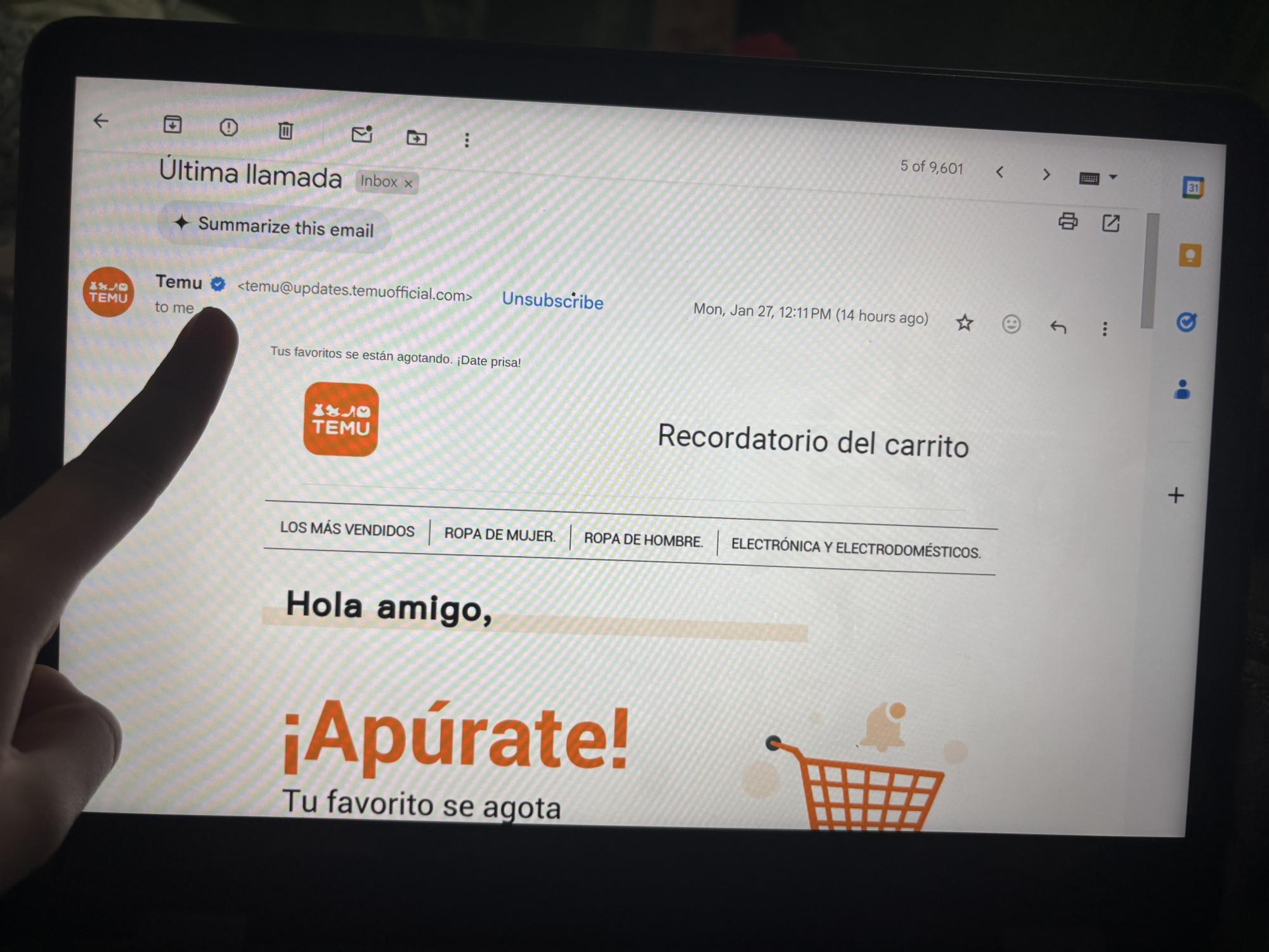As the new year started, there were already new scams all over the internet. With social media platforms and further advances in artificial intelligence, it’s easier for scammers to fool people into giving them money. Therefore, students must know how to recognize these scams.

In social media platforms where people can post what they want, and buy followers and even comments, it may seem even more convincing that the person is saying the truth about the site.
In cases like these, it’s best to check the profile of the person, since most of the time they are impersonating someone famous to influence people to click on the link. Another option could be to check in with the creator, who was said to be “endorsing” the scam.
Recently, there have been more direct personal messages, some of which might even include your name, trying to go against the Identity Theft and Assumption Deterrence Act of 1998 by impersonating someone else or a company.
This is often seen in emails, however, it is important to always check for a verification sign next to the company chain. If not, make sure you know whether or not you have permitted that app to send you notifications in Settings> Apps> App> Notifications. If not, then you know the email is not authentic.

One of the most believable scams is subscription messages or audio. Sometimes, these messages include your name information about you, or the voice of someone you know backed up by artificial intelligence.
If the text message or audio directly starts talking about monetary statements, and you don’t remember having a subscription there, look up the company and confirm with them instead. If not, do not proceed as it is most likely a false message. Plus, you can view your subscriptions by searching under your Apple account in settings.








